Žatec
✅ Reduces inflammation
✅ Eases joint pain
✅ Improves mobility
✅ Controls autoimmune response
✅ Manages ulcerative colitis
Saaz contains Sulfasalazine.
Product Overview
Saaz is a gastro-resistant tablet formulation containing Sulfasalazine (500mg) as its active ingredient. Designed for targeted intestinal release, this medication delivers its therapeutic effects directly to the site of action. Saaz is clinically indicated for managing inflammatory bowel diseases, including ulcerative colitis and Crohn’s disease. Its specialized enteric coating ensures optimal drug delivery to intestinal inflammation sites while reducing systemic side effects.
Therapeutic Indications
Saaz is prescribed for:
– Ulcerative colitis (mild to moderate)
– Crohn’s disease (active phase)
– Rheumatoid arthritis (adjunct therapy)
These conditions involve chronic gastrointestinal inflammation characterized by symptoms like abdominal pain, bloody diarrhea, rectal bleeding, and unintended weight loss. Saaz modulates intestinal inflammation and immune responses to achieve symptom control and disease remission.
Administration Guidelines
1. Take orally with 200-250mL water
2. Swallow tablets whole – do not crush, chew, or break
3. Standard dosing: 1-2 times daily (as prescribed)
4. Maintain consistent dosing schedule
5. If swallowing difficulty occurs, consult physician before altering tablet form
Mechanism of Action
Saaz contains Sulfasalazine, a prodrug combining:
1. Sulfapyridine (antibacterial component)
2. 5-aminosalicylic acid (5-ASA; anti-inflammatory component)
Colonic bacterial metabolism activates the drug, releasing:
– 5-ASA: Inhibits prostaglandins/leukotrienes in intestinal mucosa
– Sulfapyridine: Modulates gut microbiota
This dual action reduces inflammatory mediators and promotes mucosal healing in IBD.
Dosage Protocol
Adult Dosage:
– Induction: 2-4g daily (divided doses)
– Maintenance: 1.5-2g daily
– Maximum: 6g daily (under supervision)
Pediatric Use:
– 40-60mg/kg/day (divided doses)
– Maximum: 2g daily
Dosage adjustments required for:
– Renal/hepatic impairment
– Elderly patients
– Adverse effect management
Therapeutic Advantages
- Precision-targeted intestinal delivery system
- Dual anti-inflammatory and antimicrobial action
- Clinically proven remission induction/maintenance
- Patient-friendly dosing schedule
- Cost-effective treatment option
Adverse Effects
Common (≥1%):
– Gastrointestinal: Nausea (30%), dyspepsia, anorexia
– Neurological: Headache, dizziness
– Dermatological: Rash, photosensitivity
Serious (Monitor for):
– Hematological: Agranulocytosis, megaloblastic anemia
– Hepatic: Transaminase elevation
– Pulmonary: Eosinophilic pneumonia
– Renal: Crystalluria, interstitial nephritis
Important Precautions
1. Contraindicated in:
– Sulfa/5-ASA hypersensitivity
– Porphyria
– Intestinal/urinary obstruction
2. Required Monitoring:
– CBC (baseline and periodic)
– LFTs (monthly for 3 months)
– Renal function tests
– Sperm analysis (male patients)
3. Special Populations:
– Pregnancy (Category B): Use only if benefits justify risks
– Lactation: Discontinue nursing
– Geriatric: Increased monitoring required
Storage Conditions
1. Temperature: 15-30°C
2. Humidity: <60% RH
3. Protection: Keep in original blister
4. Safety: Store in child-resistant container
Medical Disclaimer
This information serves educational purposes only and does not constitute medical advice. While we strive for accuracy, this content:
– Is not exhaustive
– May not reflect latest guidelines
– Should not replace professional consultation
Always:
1. Consult your gastroenterologist before use
2. Report any adverse effects immediately
3. Disclose all concomitant medications
4. Attend scheduled follow-ups
Remember: Proper disease management requires collaborative care between patients and healthcare providers.
| Strength | 500 mg |
|---|---|
| Quantity | 30 Tablet/s, 60 Tablet/s, 90 Tablet/s, 180 Tablet/s |
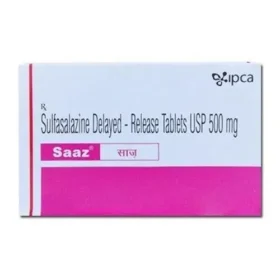 Žatec
Žatec










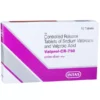
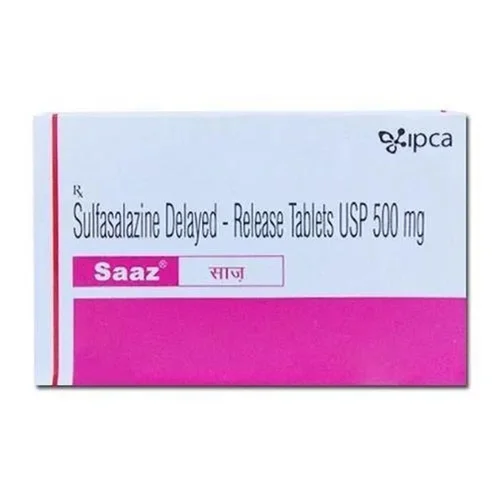

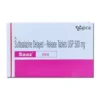
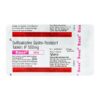
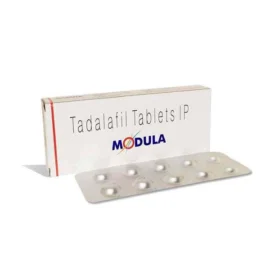
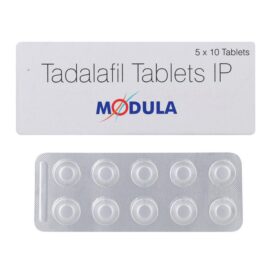
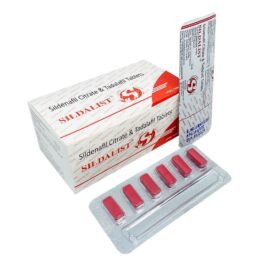
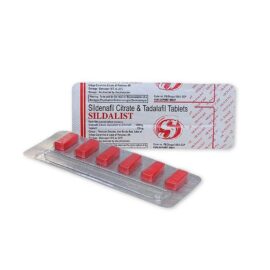
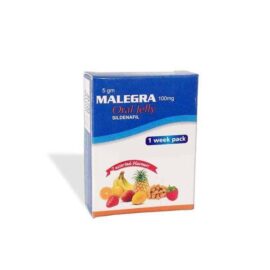

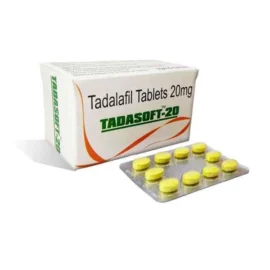
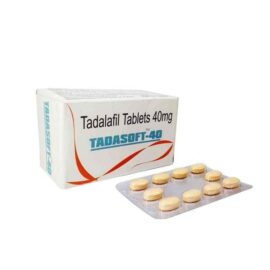
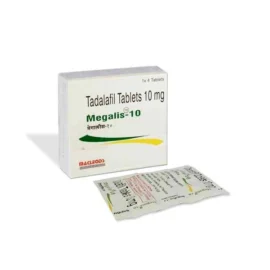
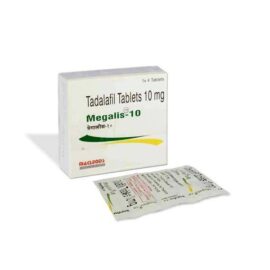
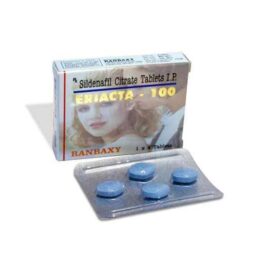


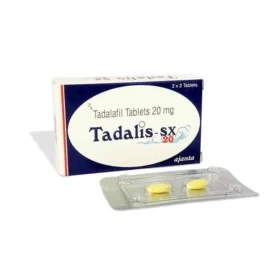
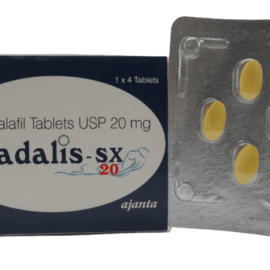
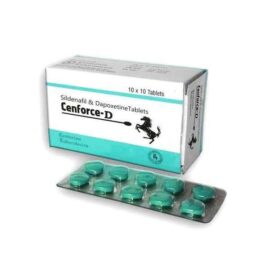
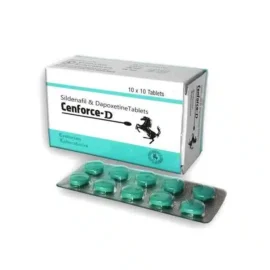
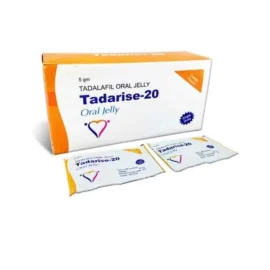
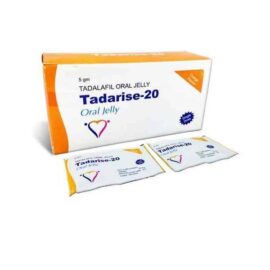
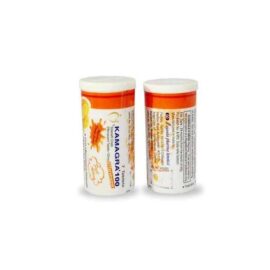

Reviews
There are no reviews yet